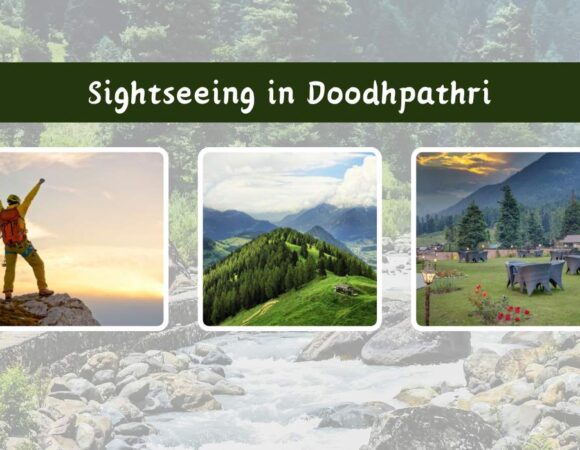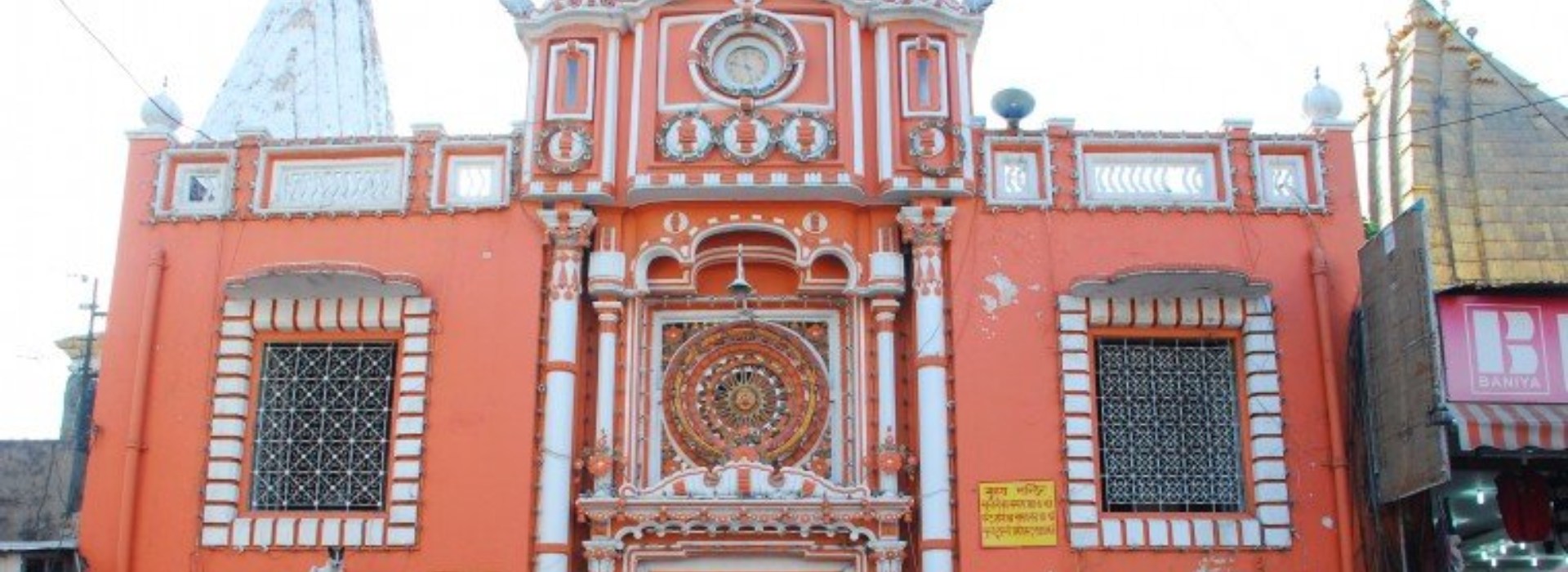
Raghunath Mandir -Jammu
Raghunath Temple is located right in the center of Jammu City on the bank of River Tawi. The most popular temple of the Jammu region is dedicated to Lord Rama. There are total seven temples in the complex of Raghumath temple, which makes it as the largest temple complex in Northern India. The main idol of deity Rama of the temple was brought from Ayodhya, the birthplace of Rama. There are good numbers of galleries that houses 12,00000 shaligrams, the emblem of Lord Vishnu. This ancient temple was built by Maharaj Gulab Singh, Dogra ruler and completed by his son Maharaj Ranbir Singh. Interior of the temple is embellished with gold plated materials, arts and paintings.
History and Significance
Many years ago, the then Maharaja of Jammu, Gulab Singh, had envisioned an imposing Lord Rama temple within his kingdom. Continuing forward with great dedication, he managed to lay a base for the development of a gigantic temple complex that was solely for northern India. His successor, Maharaja Ranbir Singh, continued the family legacy by completing this grandiose Raghunath Mandir with seven shrines and minute carvings illustrating all the Hindu mythological stories that have come down through the eras.But the temple was bound to get affected by time passing. Through many years of political unrest and attacks, Raghunath Mandir stood strong representing the triumphs and mayhem of the region. Yet, every challenge that unfolded seemed to only strengthen the faith of the pilgrims so that the temple became a center of worshipping for travellers from distant corners of the world. Today it is an example of the architectural sense of yesteryear and fulfills how strong faith has kept it alive through centuries.
Highlights of architecture
Raghunath Mandir is said to be known for its rich mixture of traditional North Indian temples and whimsically made features. Seven shrines, each sitting on a massive shikhara, depicts the heavenly marriage between earth and sky, which constitute the temple complex. The central shrine dedicated to Lord Rama flaunts exceptional carvings and magnificent sculptures depicting Ramayana and other Hindu epics. Inside this temple, due to lavish gold-plated decorations that are unusual for temples, it is even more beautiful and solemn. This temple is known for its vast collection of statues depicting nearly 33 crore Hindu deities, making it one of the largest centers of Hindu iconography. Most of the Jammu tour packages include a visit to Raghunath Mandir, and hence the visitor would get to see the architectural grandeur of this very magnificent place. Sandstone and marble will give the temple an imposing and timeless look since every little detail speaks of the dedication and innovation of times. The quiet scenery of the temple completed with open courtyards and pillared halls attracts pilgrims and tourists for paying homage to its architectural beauty and spiritual calmness.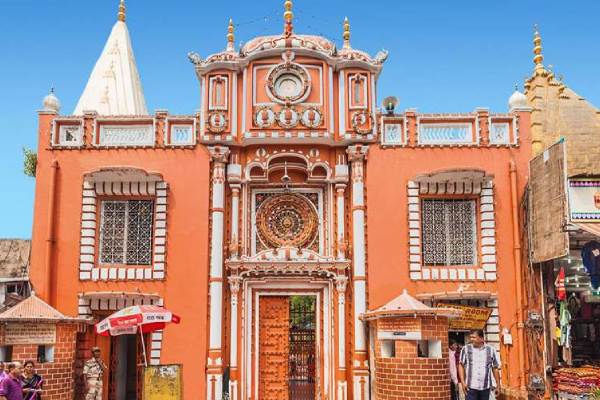
Raghunath Temple
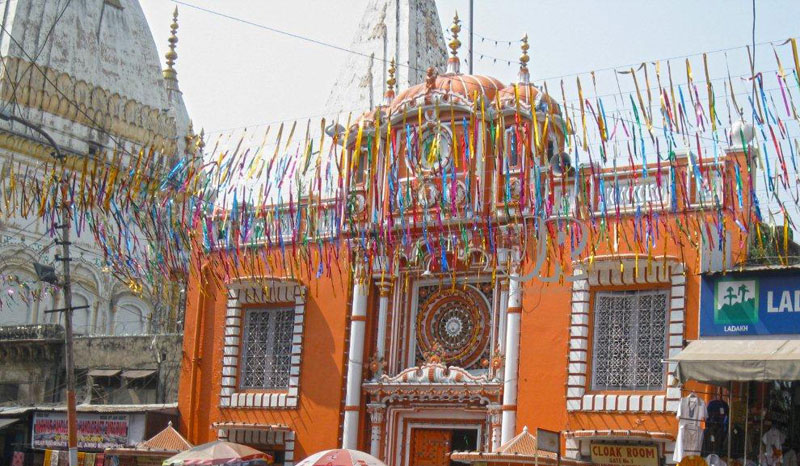
Raghunath Temple
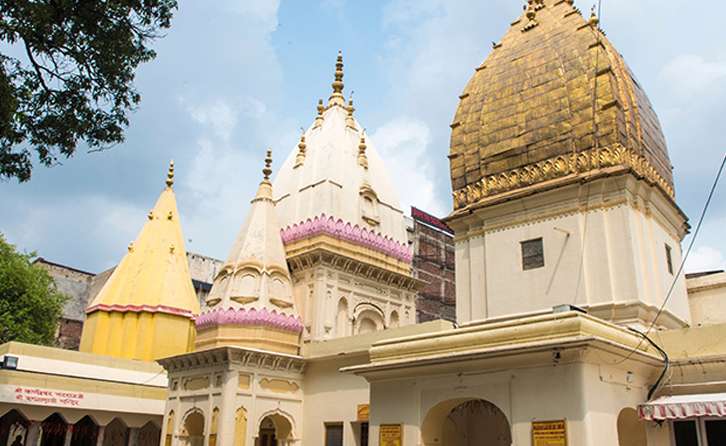
Raghunath Temple
Spiritual significance
Raghunath Mandir is a highly significant religious place as it is among the most important temples of northern India, primarily paying homage to Lord Rama – an avatar from the Vishnu god and leading central character in the eponymous poem of Ramayana. Different shrines at the temple site represent the diversity in Hindu worship. It is here that one can find idols of different gods, namely Vishnu, Shiva, Ganesh, and the 33 crore deities of the Hindus, making this a special spiritual center for the devotees.The temple wears a center position during religious festivals like Ram Navami, Dussehra, and Diwali where thousands of devotees visit to pray and participate in different ceremonies. The daily aartis are the major attractions, which bring visitors eager to behold the very intricate rituals and receive their blessings. Raghunath Mandir provides devotees with a serene environment in which to carry on spiritual contemplation and to meditate, pray, and commune with the divine. This is besides the implications the edifice has towards religious use, for it becomes a spiritual learning and observation center, and hence matches well as a fundamental form of Hindu worship in the region.
Best Time to Visit
The best time to visit Raghunath Mandir is between March and October. During this season, you will get both pleasant weather and scenic views with the festivals of Ram Navmi in full bloom. So, check the local weather conditions before finalizing your dates.How to Reach :
You can reach Raghunath Mandir at Katra, Jammu and Kashmir, by using the following options:- By Air: The nearest airport is Jammu Airport (Jammu Tawi), about 48 km away. From there, you can hire a taxi or take a bus to Katra. Many Jammu tour packages include transportation from the airport to Katra.
- By Train: The nearest railway station is Katra railway station, which well connected with all major cities of the region. You can reach the temple by hiring a taxi or auto-rickshaw from the station.
- By Road: Katra is highly connected by road. There are buses and taxi service available from cities like Jammu, Udhampur, and Patnitop. There are also parking facilities available for those who wish to drive down to Katra.
Map
Temples in Jammu Region
- Raghunath Mandir – Jammu
- Bawey Wali Mata – Jammu
- Peer-Kho – Jammu
- Ranbireshwar Temple – Jammu
- Panchbakhtar Temple – Jammu
- Shiv Khori – Udhampur
- Sudh Mahadev – Patnitop
- Lakshmi Narayan Temple – Jammu
- Buddha Amarnath Temple – Ponch
- Sarthal Mata Temple – Kishtwar
- Purmandal Temple – Jammu
- TSO Moriri – Ladakh
- Sui & Burj Temple – Jammu
- Bala Sundri Temple – Kathua
- Sukrala Mata Temple – Billawar
- Gauri Kund Temple – Patnitop
- Mantalai Temple – Jammu
- Kameshwar Temple – Akhnoor
- Kolkandoli Temple – Nagrota
- Chichi Mata Temple – Samba
- Shesnag Temple – Mansar Lake
- Mata Chanchloyee Devi Temple – Kathua
- Shiv Temple – Basholi Fort
- Mahabilvakeshwar Temple – Billawar
- Temples in Basohli City
- Nag Temple – Patnitop
- Vasuki Nag Temple – Bhaderwah
- Krimchi Temple – Jammu
- Guptganga Temple – Bhaderwah
- Machail Mata Temple – Kishtwar
- Gadadharji Temple – Jammu
- Babore Temple – Udhampur
- Dudhadhari Temple – Jammu
- Ram Kund Temple – Poonch
Related Blogs
March 12, 2025Kashmir Hills
Sustainable Eco-Friendly & Responsible Tourism in Kashmir
Spread the loveKashmir, often referred to as
November 29, 2024Kashmir Hills
Kashmir tour for Schools, Colleges and Education institutions
Spread the loveKashmir, often known as “Paradise
November 16, 2024Kashmir Hills
Meetings, Incentives, Conferences, and Exhibitions Tours in Kashmir – MICE Tourism
Spread the loveMICE tourism (meetings, incentives, conferences,
October 7, 2024Kashmir Hills
Pre Wedding Photography in Kashmir
Spread the loveKashmir, often called the “Heaven
September 21, 2024Kashmir Hills
Romantic idea to make your honeymoon memorable in Kashmir
Spread the loveAre you dreaming of a
September 18, 2024Kashmir Hills
Destination Wedding in Kashmir
Spread the lovePlanning a wedding in Kashmir
August 21, 2024Kashmir Hills
Low Cost Kashmir Budget Friendly Tour
Spread the loveKashmir has truly breathtaking places
August 12, 2024Kashmir Hills
Most Popular Shopping Markets in Sonamarg
Spread the loveThe Sonmarg Market is a
August 12, 2024Kashmir Hills
Adventure Activities & Things to Do in Doodhpathri
Spread the loveLocated in the scenic landscapes
August 12, 2024Kashmir Hills
Sightseeing in Doodhpathri
Spread the loveLocated in the serene landscape









